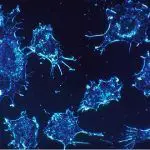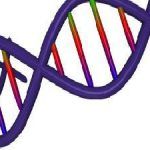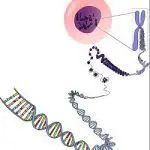mRNA has a linear structure having uracil base instead of thymine, and its secondary structure could be hairpin, stem-loop, etc. ; while tRNA has Cloverleaf structure that carries three specific stem-loops; and rRNA has much complex structure with numerous folds and loops. mRNA acts as the messenger of DNA; tRNA carries amino acids during protein synthesis; rRNA is the … [Read more...] about Difference Between mRNA, tRNA and rRNA
Biochemistry
Difference Between Apoptosis and Necrosis
The natural process which leads to the cell death is called as apoptosis, but when the cell death happens due to attack certain external factors like bacteria, virus or fungus, or any toxicity, injury, leads to necrosis. Apoptosis is the self-controlled event that occurs under favourable physiological conditions and the cell itself actively participate in the process. During … [Read more...] about Difference Between Apoptosis and Necrosis
Difference Between Breathing and Respiration
Breathing is the biophysical process which involves the inhaling and exhaling of air through lungs, whereas respiration is the biochemical process which involves in generating the energy by breaking down the glucose which is further used by cells in various function. Breathing is distinct from respiration in many ways, though both are essential for living organisms. As … [Read more...] about Difference Between Breathing and Respiration
Difference Between Point and Frameshift Mutations
The changes in the single base or nucleotide in the nucleotide sequence and thus changing its complementary base also it is called as point mutations, while when there are insertions or deletions of more than one base pair in the nucleotide sequence it is known as frameshift mutations. Mutations can be defined as any kind of change in the nucleotide sequence or genetic code, … [Read more...] about Difference Between Point and Frameshift Mutations
Difference Between Mutation and Variation
The changes in the nucleotide sequence at the DNA level or in any one of the base pairs is known as mutation, while the genetic variation is how one individual of a species variate from another, variation can be due to changes in the nucleotide sequence like insertions, deletions, any genetic rearrangements or any environmental factors. We all are aware of the DNA, RNA which … [Read more...] about Difference Between Mutation and Variation





